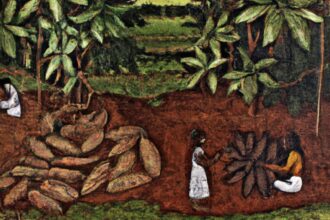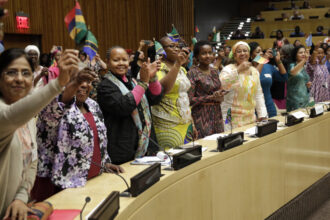- THEORETICAL FRAMEWORK AND LITERATURE REVIEW: INTERDEPENDENCE THEORY
- WHY CHINA IS IMPLEMENTING THE OBOR INITIATIVE
- CALL FOR THE INCLUSION OF MORE AFRICAN COUNTRIES IN THE OBOR INITIATIVE
- EXPECTED IMPACT OF THE OBOR INITIATIVE ON THE ECONOMIES OF AFRICAN COUNTRIES
- PROBLEMS OF THE OBOR INITIATIVE
- SOLUTIONS TO THE PROBLEMS OF THE OBOR INITIATIVE
In 2013, China announced that it was proposing enhanced cooperation between Eurasia and African countries through the One Belt One Road, OBOR initiative. The project is seen as the largest single project financed by a single nation and has the capacity to ensure the economic development and enhanced trade in the world. The said initiative is intended to cover about two-thirds of the population, provide one-quarter of global GDP and a quarter of global trade volumes (McKinsey, 2016).
The project involved two distinct parts: a new Silk Road involving land, rail lines,
pipelines and ancillary infrastructure linking mainland China to Europe via the Indian Ocean to North Africa, Central Asia and the Middle East (Vinokurov and Tsukarev, 2018). On the ground, there will be several branches from the main routes. The OBOR Project will also make it possible for key cities on the route to be easily accessed: 1. a bridge linking Eurasia, 2. Through Mongolia and Russia, 3. Accessing West and Central Asia, 4. through the Indochina Peninsula, 5. Pakistan, and 6. Bangladesh. Moreover, the project will provide the needed infrastructure in the regions of Eurasia (Chin, 2017).
Read Full Article. View All News. Subscribe Today!
Enjoy 3 Days Free Trial Cancel anytime.
















